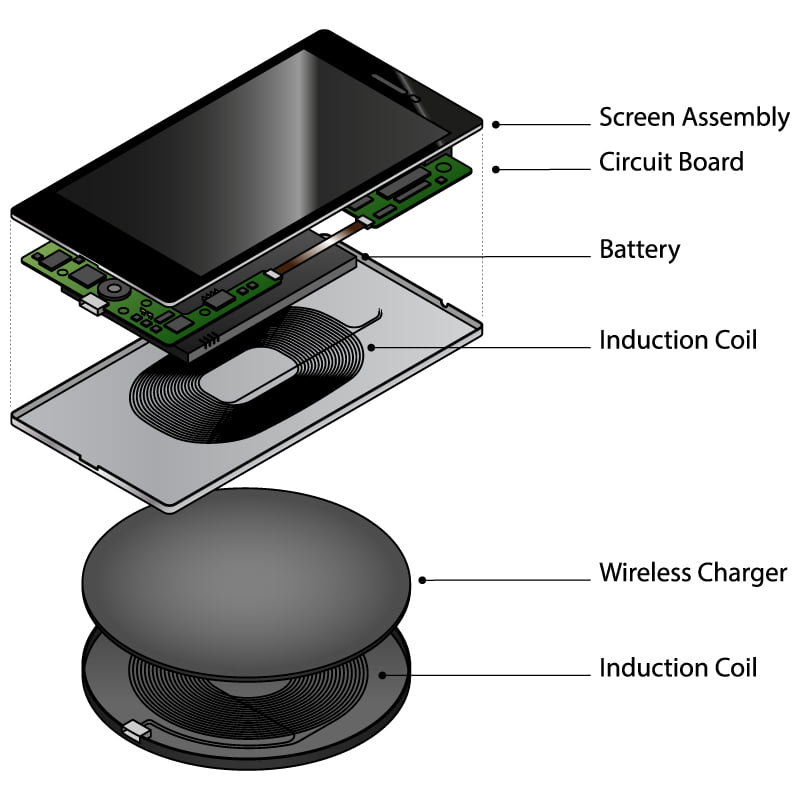Wireless devices are everywhere, and the truth is that you’d be hard pressed to walk into just about any room in the average house without seeing a wireless device in there.
How Wireless Charging Works

There are wireless phones, cell phones, cordless power tools, and more, and you will find that few homes around the world don’t have any number of wireless devices.
The one flaw that wireless devices have always had is their need for power, as they have relied on battery power in order to work. However, wireless charging is a new technology that has become very popular, and it may eliminate the need for the regular charging docks.
You may find that you can charge your phone without ever having to plug it into the wall, and it’s all thanks to wireless charging.
But hey! how can your wireless device be charged without actually being connected to the power source?
Wireless energy transmission has been around for at least 100 years, though it has been used in radio waves and other forms of energy rather than electricity.
Wireless charging has become available, however, and it is actually quite simple to understand the way that it works:
- The plugs in your home are constantly circulating the energy, but they need to connect the circuit in order for the energy to work.
When you plug-in your devices, the circuit is closed and power flows into the plugged in item. - For wireless charging, a charging device is plugged into the wall. The device creates a magnetic field that releases electricity into the air, and anything that can connect to that magnetic field will be able to harness that electricity.
- The device used to actually charge your wireless device is the other end of the magnet used to create the magnetic field, which means that it is attuned to the magnetic field that you have created.
- When you plug-in your wireless device to be charged wirelessly, the charging station will turn on the magnet to attract the energy, and the energy that is being generated via the coils creating the magnetic field will be absorbed into the device.
- The wireless device receives energy into its battery, as the power that is flowing around it will be absorbed into the charging device and sent into the battery.
The secondary winding that is created when the charging station is connected to the battery enables it to charge the battery of the wireless device.
Now that this has become possible, the truth is that there are no end to the number of applications to which it can be put. There are a number of charging docks that can be used to charge your devices, and all you need to do is place the devices to be charged in contact with the dock.
There is often no need to plug anything in or dock the items via the traditional connection, as the wireless charging devices will be able to generate the magnetic fields to charge the items.
You will find that the Splashpower mat is just one of the many devices that can wirelessly charge other devices, and they are definitely worth investing in if you want to be able to charge your various devices without having to plug them in.
There is no application that will allow you to charge the devices anywhere you want, but the fact that you don’t have to plug them into a power source does mean that the future could include power charging devices that will be able to recharge batteries without even needing close contact.
Leave your comments below and share the article with your friends so they can get an insight on this technology.







Leave a Comment
You must be logged in to post a comment.